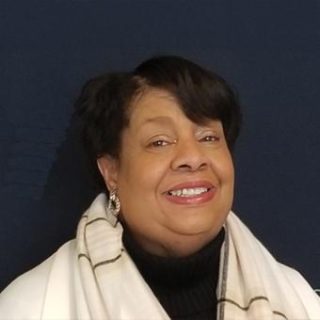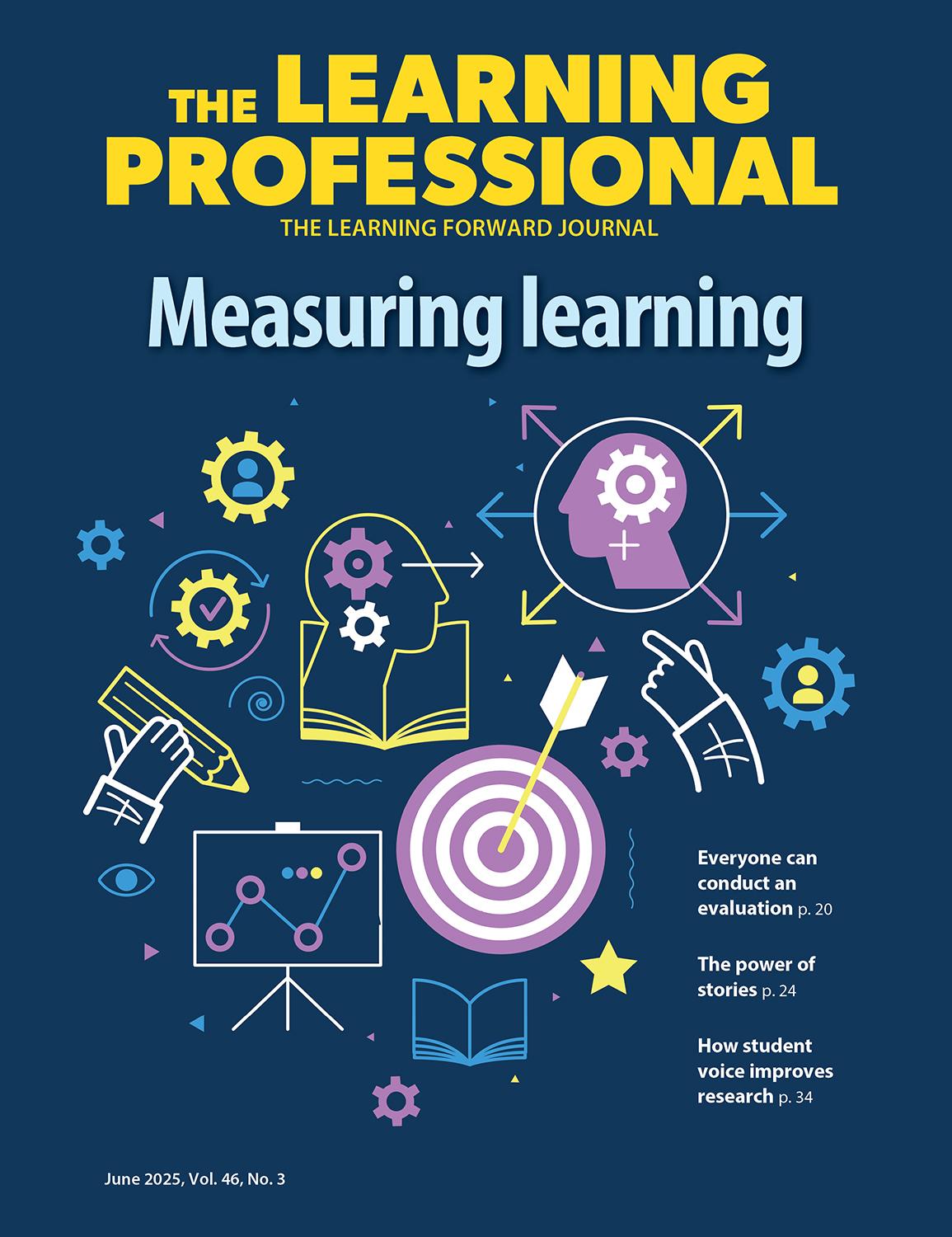IDEAS
How principals can ensure that every student succeeds
By Suzanne Bouffard
Categories: Career pathways, Data, LeadershipApril 2024
Read the remaining content with membership access. Join or log in below to continue.
Sed ut perspiciatis unde omnis iste natus error sit voluptatem accusantium doloremque laudantium, totam rem aperiam, eaque ipsa quae ab illo inventore veritatis et quasi architecto beatae vitae dicta sunt explicabo. Nemo enim ipsam voluptatem quia voluptas sit aspernatur aut odit aut fugit, sed quia consequuntur magni dolores eos qui ratione voluptatem sequi nesciunt. Neque porro quisquam est, qui dolorem ipsum quia dolor sit amet, consectetur, adipisci velit, sed quia non numquam eius modi tempora incidunt ut labore et dolore magnam aliquam quaerat voluptatem.
References
Gates, S.M., Baird, M.D., Master, B.K., & Chavez-Herrerias, E.R. (2019). Principal pipelines: A feasible, affordable, and effective way for districts to improve schools. RAND Corporation.
Gates, S.M., Kaufman, J.H., Doan, S.Y., Tuma, A.P., & Kim, D. (2020). Taking stock of principal Source: Learning Forward, 2022a. pipelines: What public school districts report doing and what they want to do to improve school leadership. RAND Corporation.
Gooden, M.A., Khalifa, M., Arnold, N.W., Brown, K.D., Meyers, C.V., & Welsh, R.O. (2023). A culturally responsive school leadership approach to developing equity-centered principals: Considerations for principal pipelines. Wallace Foundation.
Khalifa, M.A., Gooden, M.A., & Davis, J.E. (2016). Culturally responsive school leadership: A synthesis of the literature. Review of Educational Research, 86(4), 1272- 1311.
Learning Forward. (2020). April 2024 | Vol. 45 No. 2 Learning Forward’s equity position statement. learningforward.org/2020/10/14/learning-forwards- equity-position-statement/
Learning Forward. (2022a). Standards for Professional Learning. Author.
Learning Forward. (2022b). Action guide for the principal: 43 Implementation strategies and Innovation Configuration maps for Standards for Professional Learning. Author.

Suzanne Bouffard is senior vice president of communications and publications at Learning Forward. She is the editor of The Learning Professional, Learning Forward’s flagship publication. She also contributes to the Learning Forward blog and webinars. With a background in child development, she has a passion for making research and best practices accessible to educators, policymakers, and families. She has written for many national publications including The New York Times and the Atlantic, and previously worked as a writer and researcher at the Harvard Graduate School of Education. She has a Ph.D. in developmental psychology from Duke University and a B.A. from Wesleyan University. She loves working with authors to help them develop their ideas and voices for publication.
Categories: Career pathways, Data, Leadership
Recent Issues
NAVIGATING NEW ROLES
April 2025
Whether you’re new to your role or supporting others who are new,...
LEARNING DESIGNS
February 2025
How we learn influences what we learn. This issue shares essential...
BUILDING BRIDGES
December 2024
Students benefit when educators bridge the continuum of professional...
CURRICULUM-BASED PROFESSIONAL LEARNING
October 2024
High-quality curriculum requires skilled educators to put it into...











